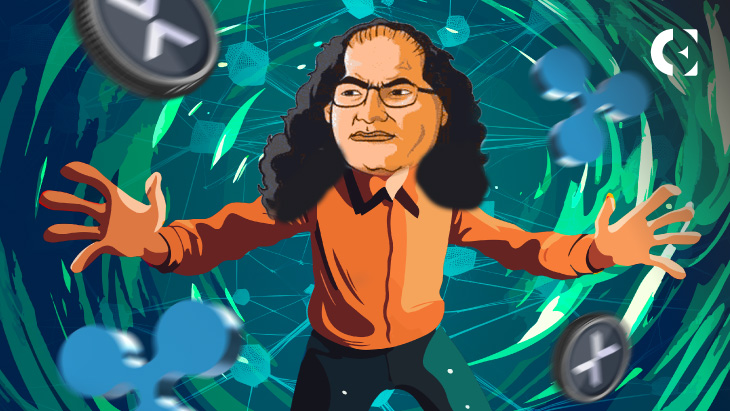- A validator proposed doubling XRP’s supply from 100 to 200 billion, igniting community debate.
- Ripple CTO David Schwartz confirmed that XRPL’s decentralized nature allows multiple network versions.
- The proposal is purely theoretical and intended as an experiment to demonstrate the network’s decentralization capabilities.
To highlight the decentralized nature of the XRP network, Vet, a validator on XRPL, ignited discussions across the community by proposing a theoretical increase in the total XRP supply from 100 billion to 200 billion tokens.
The controversial proposal was ultimately rejected by the XRPL Foundation (XRPLF) maintainers. Despite this, Vet proceeded to release a modified version of the XRPL software, which allows node operators to run a forked version of the network.
Highlighting Decentralization and the Potential for Forks
Vet’s proposal underscores blockchain’s core principle: the ability to fork in the face of disagreement. The validator aimed to illustrate that XRP’s future isn’t solely in the hands of Ripple or the XRPLF, but is instead shaped by the collective decisions of validators, exchanges, and node operators.
Ripple CTO David Schwartz weighed in on the matter, confirming that no party can force a single version of XRPL on users. “If both sides are willing to fork over it, then you wind up with two networks,” Schwartz remarked, stressing the decentralized nature of blockchain.
Challenges and Implications of a Fork
Community member Dark Horse challenged Vet’s claims, pointing out that without the agreement of the dUNL validators, the proposed changes would result in a separate, isolated network that is unable to connect to the main XRPL.
Vet’s version would, in effect, create a forked network rather than altering the original XRPL. Schwartz echoed this, explaining that validators are free to choose which code to run and that any fork would be determined by the code changes they adopt.
A key takeaway from this debate is the potential for an XRP fork to create two separate networks, each with its own version of XRP. In such a scenario, users could hold tokens on both networks, as happened during the Bitcoin-Bitcoin Cash split. However, the success of any fork would depend heavily on exchange adoption and the broader community’s willingness to support the new network.
The discussion also touched on the issue of naming rights. Ripple CTO Schwartz noted that XRPL Foundation holds a trademark on “XRP,” meaning they could challenge any inappropriate use of the name by a forked chain.
Disclaimer: The information presented in this article is for informational and educational purposes only. The article does not constitute financial advice or advice of any kind. Coin Edition is not responsible for any losses incurred as a result of the utilization of content, products, or services mentioned. Readers are advised to exercise caution before taking any action related to the company.







